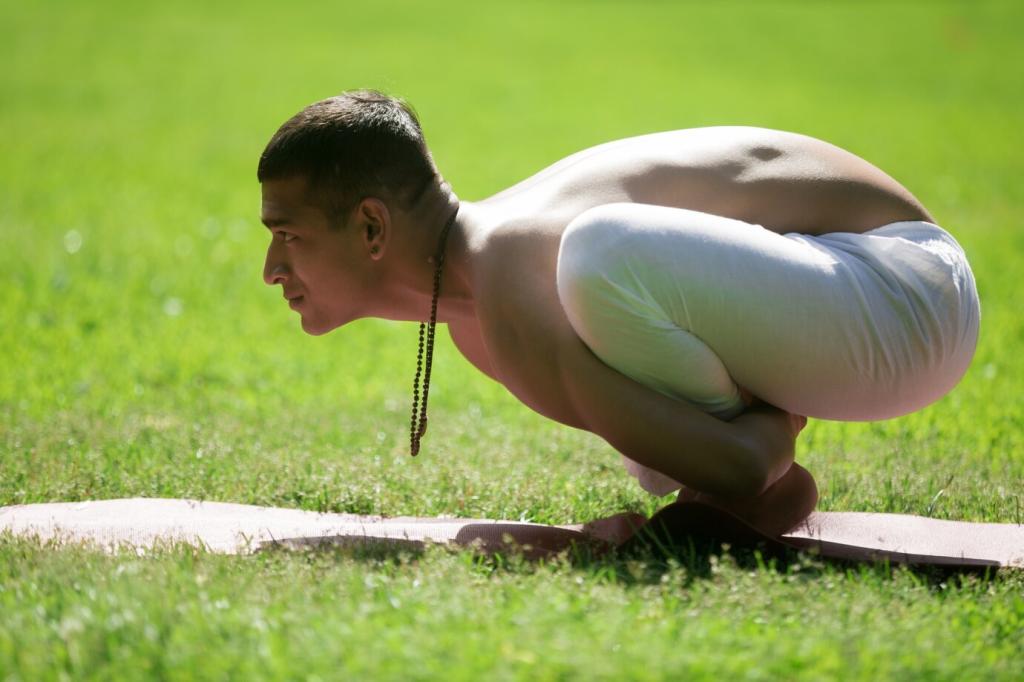The Impact of Yoga on Depression and Sadness
Today’s theme: The Impact of Yoga on Depression and Sadness. Explore how mindful movement, breath, and rest can soften heavy moods, support healing alongside professional care, and invite community connection. Subscribe and share your experience to help others.
Micro-moments of relief
Two quiet minutes on the mat can interrupt spirals of hopelessness. One slow inhale, one deliberate exhale, and a gentle stretch remind your nervous system that safety exists, even when thoughts insist otherwise. Try now, then comment.
From rumination to presence
Simple alignment cues—pressing feet, softening jaw—shift attention from looping worries to grounded sensations. This present-moment pivot can’t solve everything, yet it loosens the knot enough to move, breathe, and choose kinder options.
Gentle consistency over intensity
On low-energy days, consistency matters more than sweat. Ten curious minutes daily often beat a weekly marathon class for mood support. Stack the practice with tea, journaling, or sunrise to make showing up almost automatic.
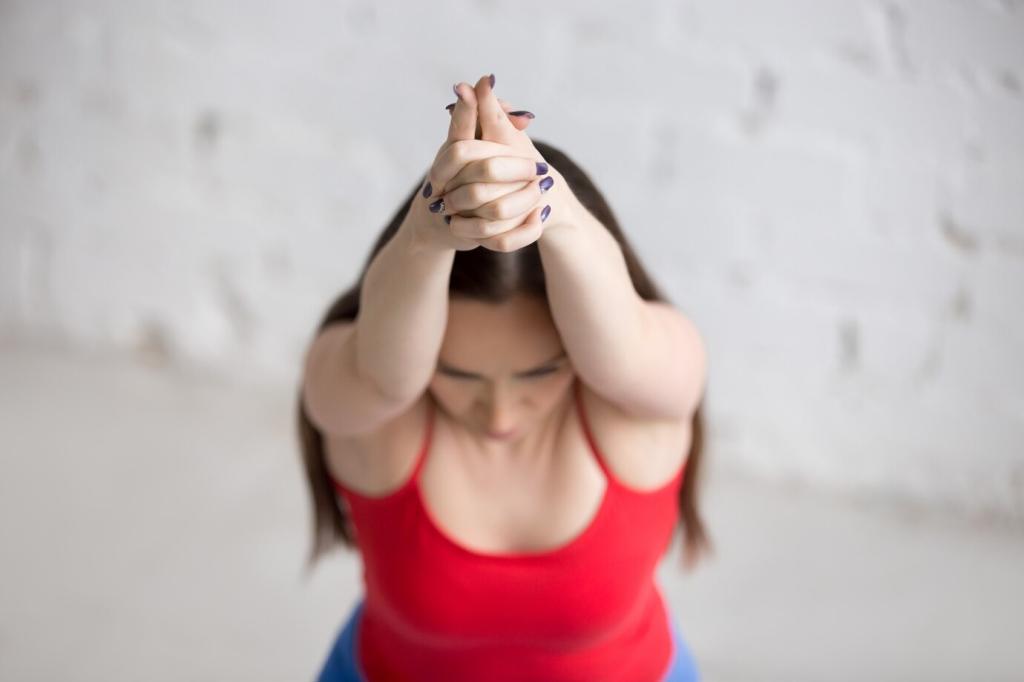
What the Science Suggests
Neurochemistry and mood
Several studies associate yoga with increased GABA, steadier serotonin pathways, and lowered cortisol. These shifts may correlate with reduced depressive symptoms, especially when breath, movement, and mindfulness are combined intentionally over weeks rather than once.
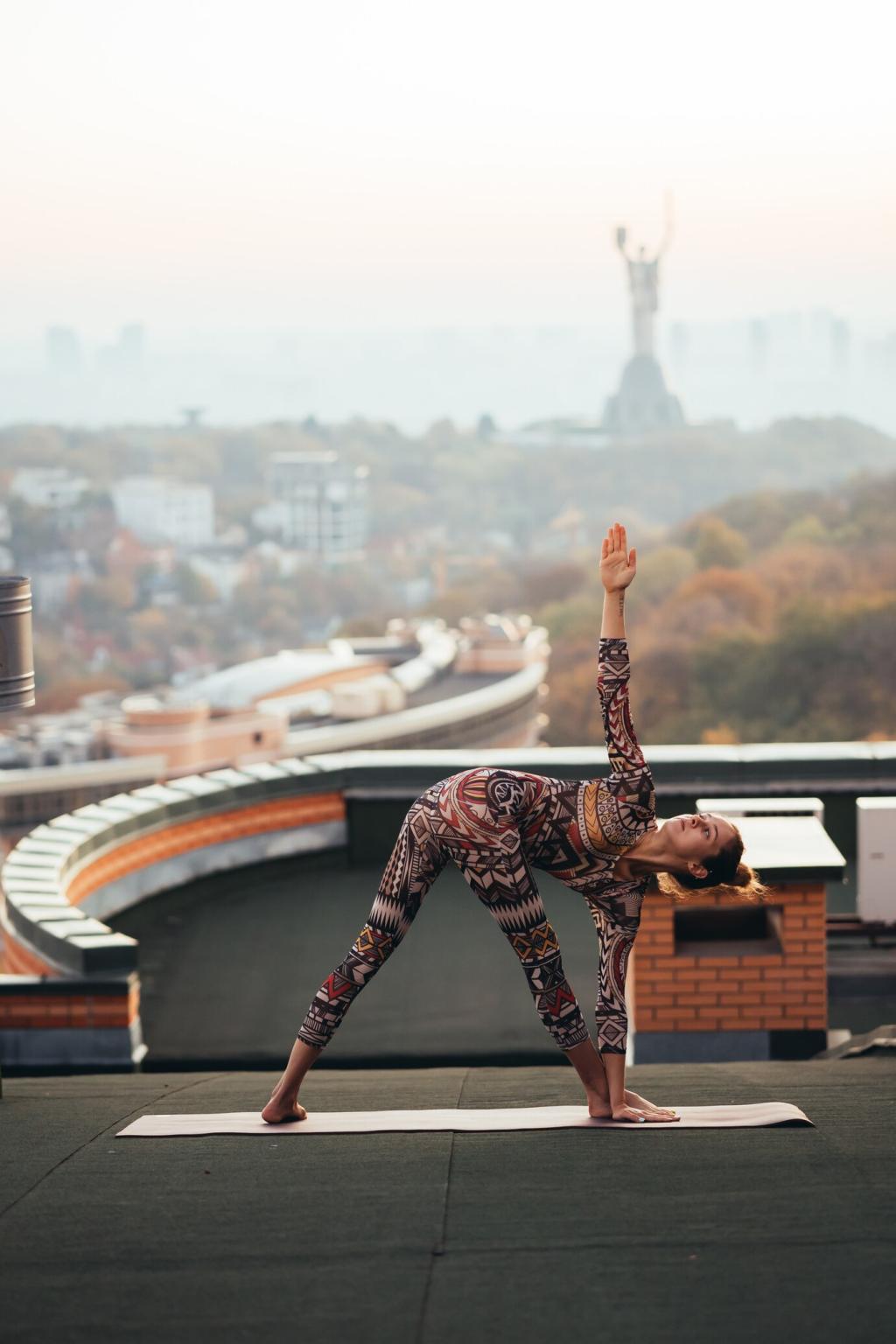
Breathwork for Heavy Emotions
Place one hand on your belly, one on your chest, and breathe so the belly rises first. Count four in, six out. After ten rounds, check your mood and share what shifted, even if the change feels tiny.
Breathwork for Heavy Emotions
Inhale for four, hold for four, exhale for four, hold for four. The even structure settles racing thoughts. Practice for two minutes before reading on, then comment whether steadiness arrived like a small, welcome pause.
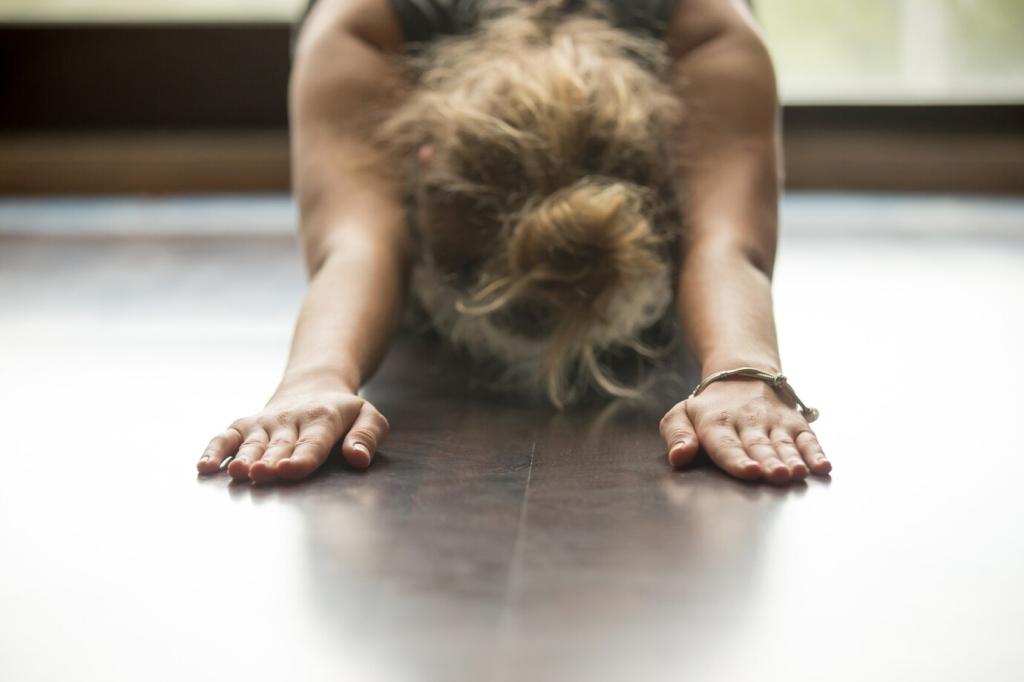
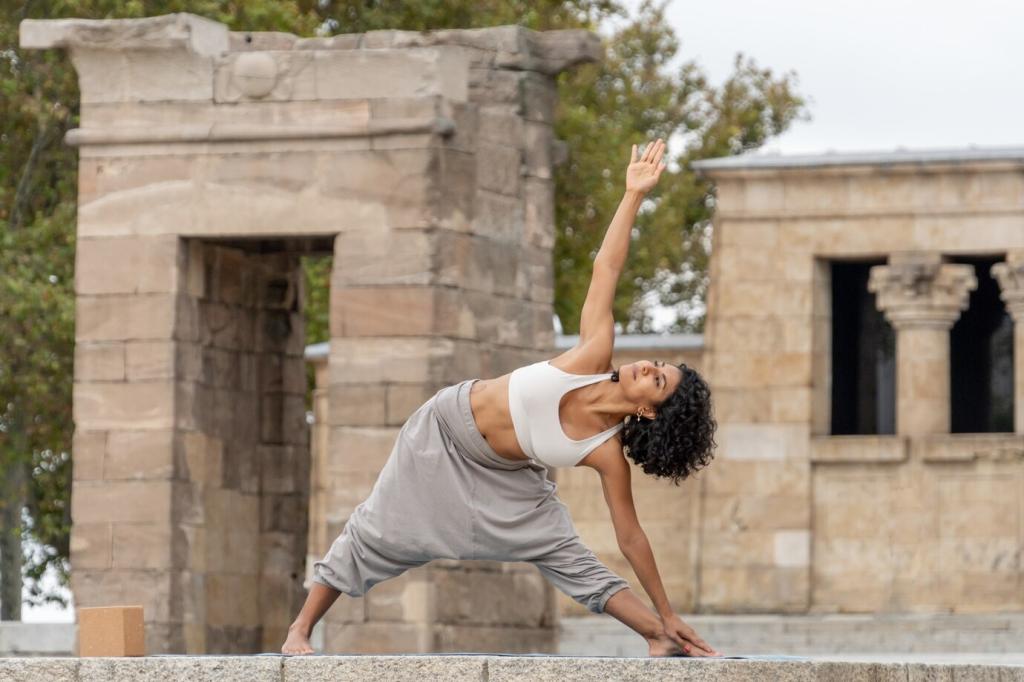
Knees wide, belly on a pillow, forehead grounded. Breathe into back ribs and imagine space between worries. Stay three minutes. If relief visits briefly, subscribe to receive a printable low-energy sequence you can keep nearby.
Movements and Sequences for Low-Energy Days
Skip push-ups, emphasize breath-led reach and long exhale to fold. Move like you are whispering to your nervous system. Two or three rounds can brighten focus without tipping into overwhelm or harsh self-judgment today.
Movements and Sequences for Low-Energy Days
Alex’s morning ritual
After months of gray mornings, Alex tried five breaths before coffee and three slow sun reaches. The day did not transform, yet emails felt friendlier, and getting dressed required less bargaining with despair.
Maya’s journal after Savasana
In Savasana, Maya noticed tears without a story. Afterwards she wrote, ‘My body remembered exhale before my thoughts did.’ She saved that line, revisiting it whenever heaviness returned, a lantern for the next practice.
Community class, quiet companionship
During a restorative class, strangers breathed together without small talk. Someone placed an extra blanket near a shivering mat. That simple kindness lingered, reminding everyone that support can be wordless, steady, and immediately comforting.
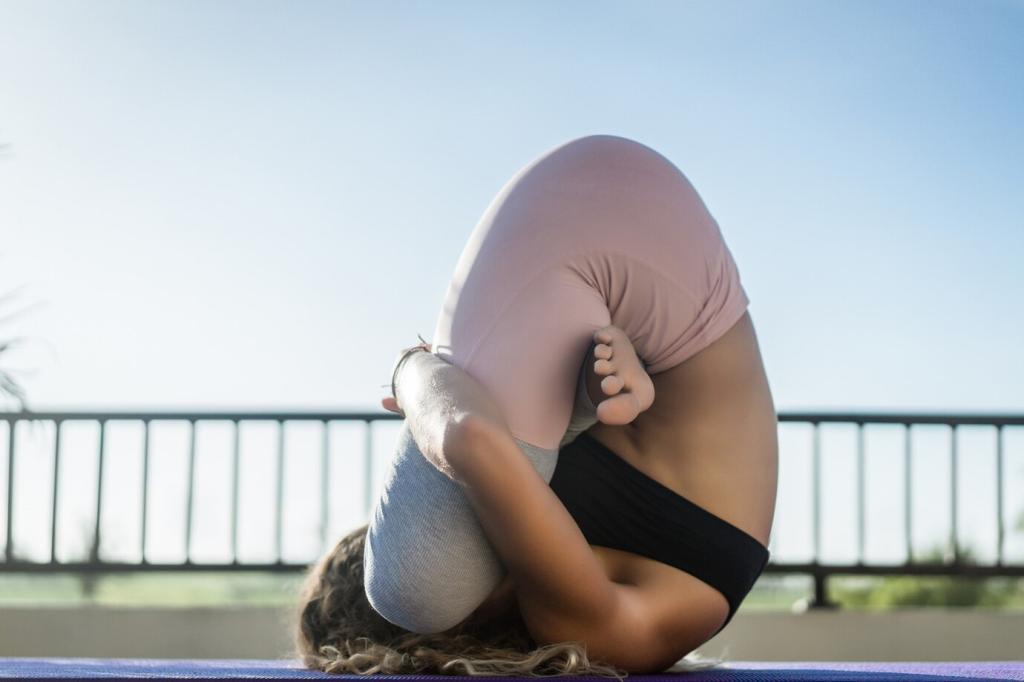
Design your anchor habit
Attach yoga to an existing cue—boiling kettle, end of work, brushing teeth. Keep tools visible. Celebrate tiny wins in comments, because community acknowledgment strengthens memory and motivation, especially when sadness blurs time and momentum.
Tracking mood gently
Use a one-to-five mood check after practice. Note breath quality, sleep, or appetite too. Patterns appear over weeks, not days. Share discoveries with us; they may help another reader personalize sequences for their real life.
Compassionate boundaries and professional support
Yoga supports healing, but it does not replace therapy or medication when needed. If thoughts darken, reach professional help immediately. Then return to the mat for companionship, breath, and hope, and tell us how we can support.
Engage, Share, and Keep Going
Pick one breath practice and one supportive shape, do both for five minutes, and notice one feeling word afterwards. Post it below. Your small note may become the nudge another reader relies on.
Subscribe to receive short, compassionate practice prompts and evidence highlights. Replies are welcome; we actually read them. Together we will refine routines that fit real mornings, messy schedules, and the tender days in between.
What surprised you the first time yoga softened sadness, even briefly? Share details and context. Your lived wisdom shapes future articles, helps refine sequences, and builds a kinder archive for anyone arriving discouraged.
